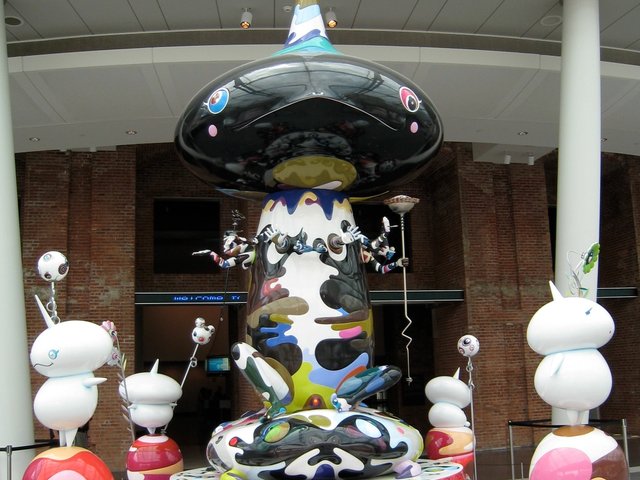As the market closed for its traditional Christmas holiday break, the Saatchi Collection confirmed a rumour which had been percolating contemporary art circles since the beginning of November and announced that it had concluded the sale of 'The physical impossibility of death in the mind of someone living', 1991, Damien Hirst’s celebrated natural history sculpture of a tiger shark suspended in a tank of formaldehyde. The collection’s spokesman revealed that the deal, negotiated by Hirst’s New York agent Larry Gagosian, was worth $12 million (£6.5 million), although several traders closely involved in the market for Hirst’s work were sceptical of the announcement and the price attached to it. Just how much was paid to the vendor, and how much the sculpture will have cost its new owner, may never become a matter of public record.
What is indisputable is that virtually no other living artist, much less an artist of Hirst’s generation, has obtained a price remotely close to the reported invoice for the shark: not Lucian Freud, not Gerhard Richter, not Robert Rauschenberg, not Cy Twombly, not even Brice Marden, although his Cold mountain series of paintings command a valuation of $10 million. Only Jasper Johns, for vintage material from the back catalogue of 40 or 50 years ago, is a more expensive artist.
Inevitably, the market has been gripped with the identity of the shark’s new keeper who, The Art Newspaper understands, is Greenwich hedge fund manager Steve Cohen, whose net worth was estimated by Forbes last year as $2 billion. Other candidates, including the artist himself, can be discounted. Mr Cohen, who is known to have acquired an important collection of Post-Impressionist paintings and whose name has been linked to Picasso’s Boy with a pipe, 1905, (which sold for $104 million at Sotheby’s New York last May), has been stepping into contemporary art and Hirst’s sculpture is, in some respects, an object tailored for a Wall Street trader. It is, too, the absolutely iconic image of its times, famous, and frequently satirised, as soon as it was previewed in the first edition of Saatchi’s Young British Artists which launched the careers of Hirst and his contemporaries at the collector’s former headquarters in Boundary Road in 1992.
Before Mr Saatchi agreed to finance the production of the sculpture, for which he was charged £50,000, it was Hirst’s intention to design a work of prohibitive cost. Instead, a gamble turned into the collector’s outstanding investment, eclipsing even the profit for Away from the flock, 1994, the lamb sculpture which is believed to have changed hands within the last two months for $4 million.
There is a delicious paradox in the shark’s tale: a sculpture confronting the issue of mortality now ensures, through the publicity surrounding the trade, the immortality of its creator.
Originally appeared in The Art Newspaper as 'The $12 million tiger shark'


